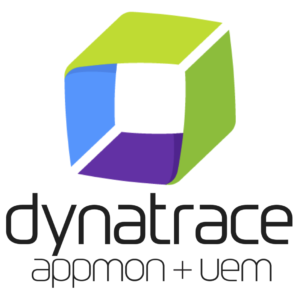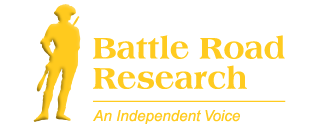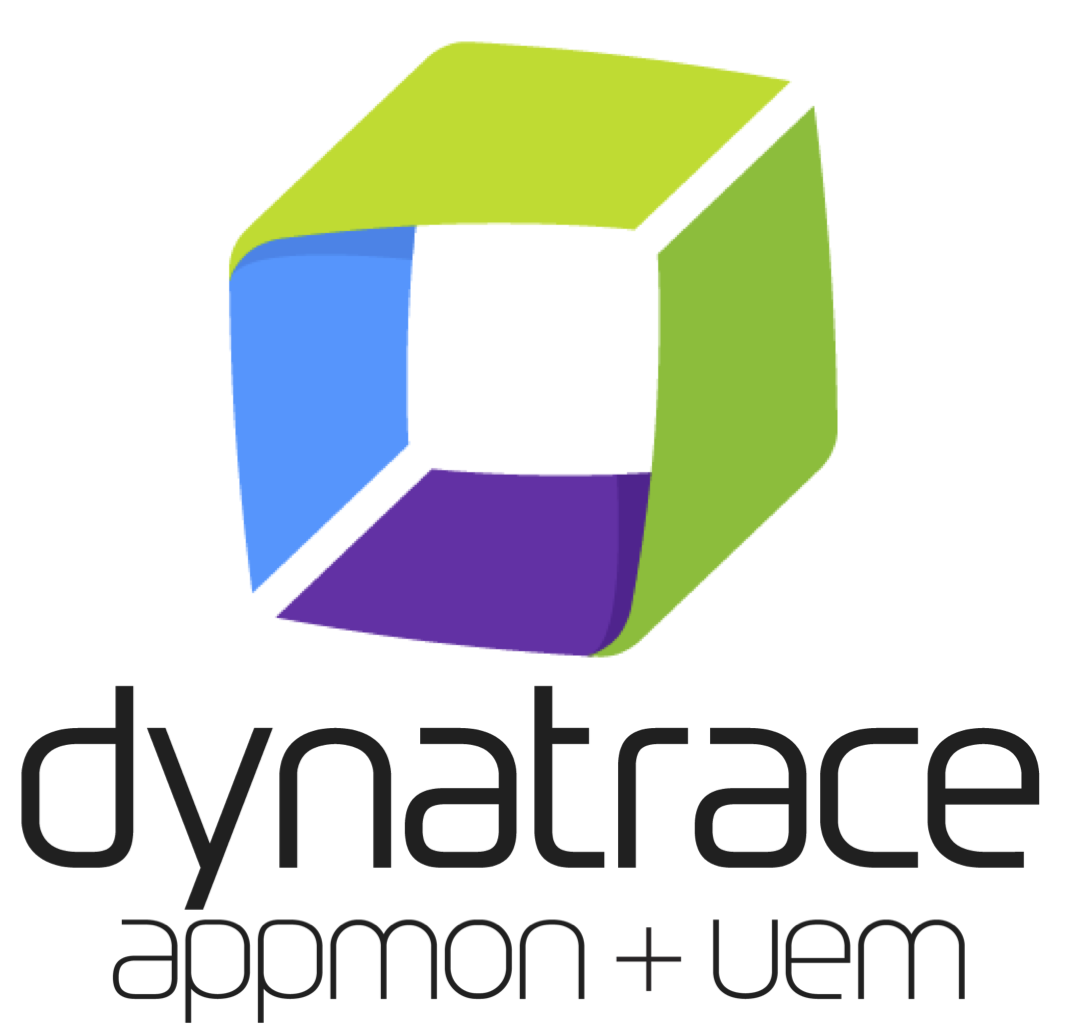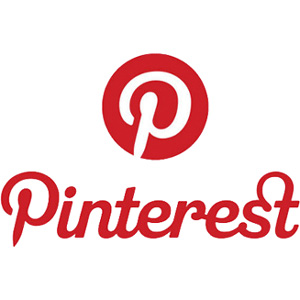Category: IPO Research
Dynatrace: Performance Monitor
 Dynatrace (NYSE: DT), a provider of application and performance monitoring software and services, becomes the most recent addition to our Software sector coverage. Originally developed inside of Detroit Michigan-based Compuware, the company was spun out as a separate entity, when Thoma Bravo, a private equity investor took Compuware private in 2014. Today, Dynatrace is based in Waltham, MA. Consensus estimates call for revenue of $523 million and EPS of $0.20 for FY’20 (ended June 30th), followed by revenue of $650 million, and EPS of $0.26 in FY’21.
Dynatrace (NYSE: DT), a provider of application and performance monitoring software and services, becomes the most recent addition to our Software sector coverage. Originally developed inside of Detroit Michigan-based Compuware, the company was spun out as a separate entity, when Thoma Bravo, a private equity investor took Compuware private in 2014. Today, Dynatrace is based in Waltham, MA. Consensus estimates call for revenue of $523 million and EPS of $0.20 for FY’20 (ended June 30th), followed by revenue of $650 million, and EPS of $0.26 in FY’21.
Dynatrace debuted on the New York Stock Exchange on August 1, 2019 in a 41 million share common stock offering priced at $16 per share. Goldman Sachs, J.P. Morgan and Citigroup Global Markets led the underwriting team, along with nine other firms that assisted in placing the shares. With 39 million shares offered by the company, Dynatrace raised an estimated $590 million in net proceeds from the offering. At a recent share price of $17, DT carries a market cap of roughly $4.8 billion.
Dynatrace serves customers that run software both on premise and in the cloud. Dynatrace helps to manage the availability of software across a corporate network, and then pinpoint and monitor software and network bottlenecks. The company also provides software to simulate user performance prior to the rollout of new software, or software updates to prevent user backlash.
Originally based in Austria, Dynatrace was moved to the US in 2008, where John Van Siclen became CEO three years before it was acquired by Compuware for $295 million. Van Siclen has remained with the company ever-since, even as it bulked up with additional acquisitions made by Compuware, such as the 2008 acquisition of Gomez, a Lexington, MA based provider of web application performance management software. After the company was spun out from Compuware, Thoma Bravo merged Keynote, another software company in its portfolio, into Dynatrace.
Dynatrace currently counts nearly 1,600 customers as recurring revenue customers on contract as of the end of the most recent quarter. These customers generate at least $10,000 of annual recurring revenue. The company’s recent FY’20 Q1 (ended June 30th) results indicate that the company has gained substantial momentum in its transition to an all-subscription-based software company, with subscription revenue of $108 million, a 38 percent increase over the prior year. At the same time, license revenue declined by 65 percent from $11 million in the June 30 2018 quarter to just $3.8 million.
Post-IPO Dynatrace has a mediocre balance sheet, with roughly $647 million in cash, along with $1 billion in long term debt, as well as $600 million payable to a related party, which, as best we can tell, relates to the spin-out from Compuware when the entire entity, including Dynatrace, was acquired by Thoma Bravo in December of 2014. The company’s balance sheet structure makes it likely that Dynatrace will emphasize EBITDA rather than EPS in the near term.
Pinterest (NYSE: PINS)
 Pinterest (NYSE: PINS), an internet advertising company focused on image-based search for consumers, is a recent addition to our Battle Road IPO Review Internet sector coverage. Consensus estimates call for revenue of $1 billion this year, up 32 percent from $756 million in 2018, along with a loss of $0.13. For 2020, Consensus projections call for revenue and EPS of $1.4 billion, and $0.02, respectively. Pinterest priced its 75 million Class A common stock IPO at $19 per share on the NYSE on April 17th. At a recent share price of $27, Pinterest’s market cap is roughly $14.3 billion.
Pinterest (NYSE: PINS), an internet advertising company focused on image-based search for consumers, is a recent addition to our Battle Road IPO Review Internet sector coverage. Consensus estimates call for revenue of $1 billion this year, up 32 percent from $756 million in 2018, along with a loss of $0.13. For 2020, Consensus projections call for revenue and EPS of $1.4 billion, and $0.02, respectively. Pinterest priced its 75 million Class A common stock IPO at $19 per share on the NYSE on April 17th. At a recent share price of $27, Pinterest’s market cap is roughly $14.3 billion.
Pinterest revenue grew 58 percent in each of the last two years, reaching $756 million in 2018.
Unlike most tech IPOs of the last 24-36 months, Pinterest narrowed its losses in the year prior to its IPO, recording an operating loss of $75 million, versus an operating loss of $138 million in 2017. Operating leverage was achieved in nearly all cost categories over the last year, including gross margin, R&D and G&A. Sales and marketing remains 34 percent of revenue. Company claims that its website attracts 43 percent of internet users, along with strength among Consumer Packaged Goods (CPG) companies and retailers.
While Pinterest has been narrowing its operating loss over the last two years, the company is not yet profitable. This contrasts to best-in-class ad driven internet companies Alphabet and Facebook, each of which were solidly profitable in the year before their IPOs. For example, in Q1 2011, a year before its IPO, Facebook recorded a 54 percent operating margin on revenue of $731 million.
Prior to its IPO, Pinterest had an unusually high level of DSOs: 105 days at the end of 2017, and 107 days at the end of 2018. This is about twice the level of Facebook, and suggests that the company conducts a considerable level of business through ad agencies. We noted that when it reported its first quarter as a public company, DSOs declined to 72 days, a rather miraculous feat.
As an Emerging Growth Company under the JOBS Act, Pinterest has less stringent reporting requirements than other public companies. These include (1), Not being required to have its independent registered public accounting firm audit its internal control over financial reporting under section 404 of the Sarbanes-Oxley Act; (2) Reduced disclosure obligations regarding executive compensation in periodic reports and proxy statements; (3) Exemptions from the requirements of holding a nonbinding advisory vote on executive compensation and stockholder approval of any golden parachute payments not previously approved.
No single advertiser accounted for more than 10 percent of revenue, but a substantial portion of revenue comes from a “small number of advertisers concentrated in CPG and retail,” according to Pinterest’s S-1 filing. As a nearly 100-percent ad driven platform, Pinterest is subject to a low level of visibility from a forecasting standpoint, as most advertisers have only short-term ad contracts with the company.
Going forward, several key questions relating to Pinterest’s long term growth prospects remain. For example, the company’s current ad revenue strength is among CPG and Retailers. Company intends to expand into other verticals, such as automotive, technology, financial services, media, entertainment, and travel. How successful has it been in these verticals thus far? Will image-based search work as well for Pinterest in these other verticals?
Perhaps most critically, Google is known to constantly modify and improve its search algorithms, seeking to ensure that what shows up in organic search results is not artificially induced by website operators. Many web search optimization companies are focused on trying to figure out how Google works, yet Google has a long tradition of penalizing companies that seek to “game out” its algorithms. In the first quarter of 2018, Pinterest acknowledges that Google “de-indexed” Pinterest landing pages, and that this action hurt traffic and user growth. We are curious as to why Google took this action. Could it occur again?


